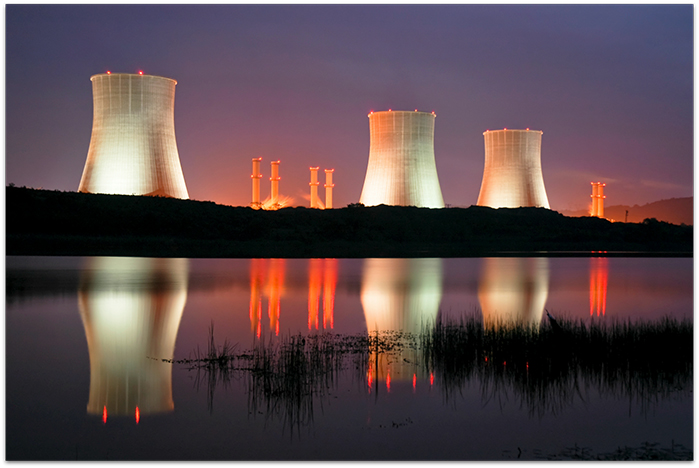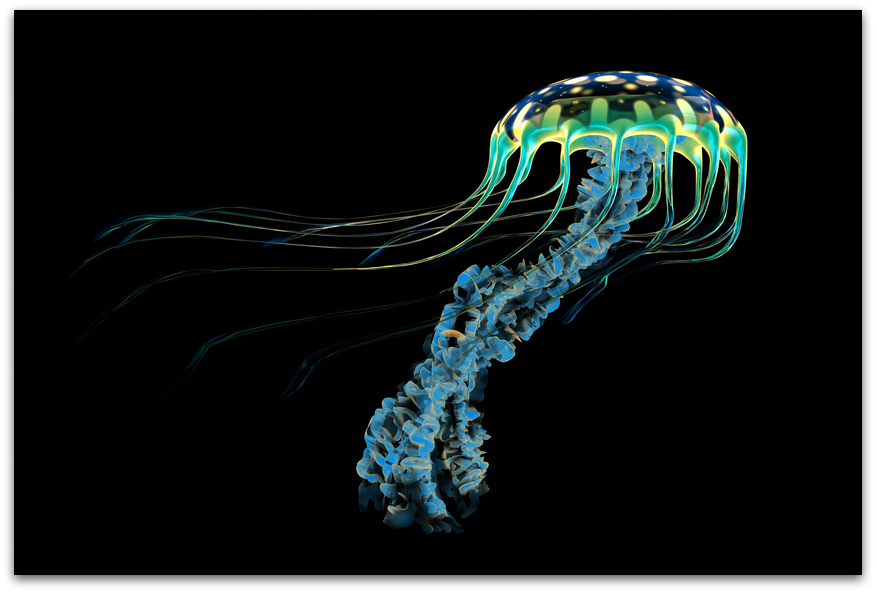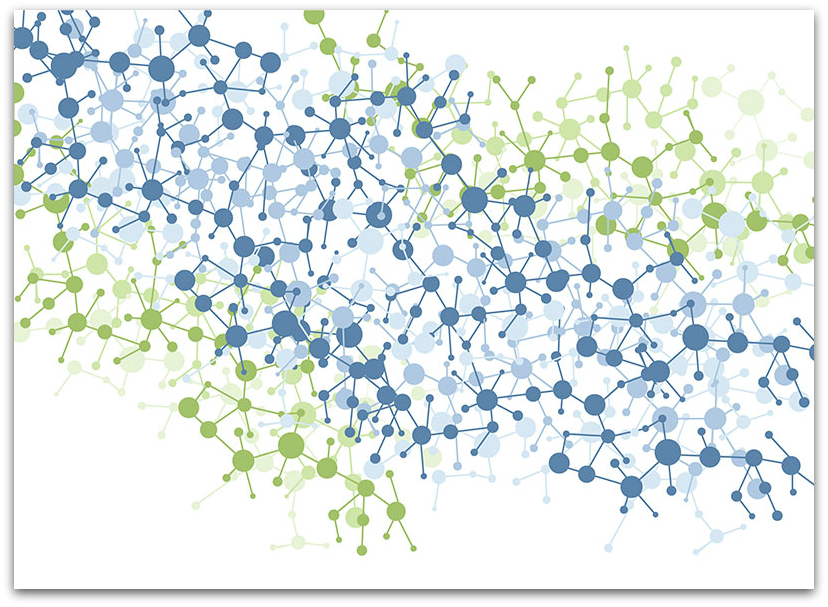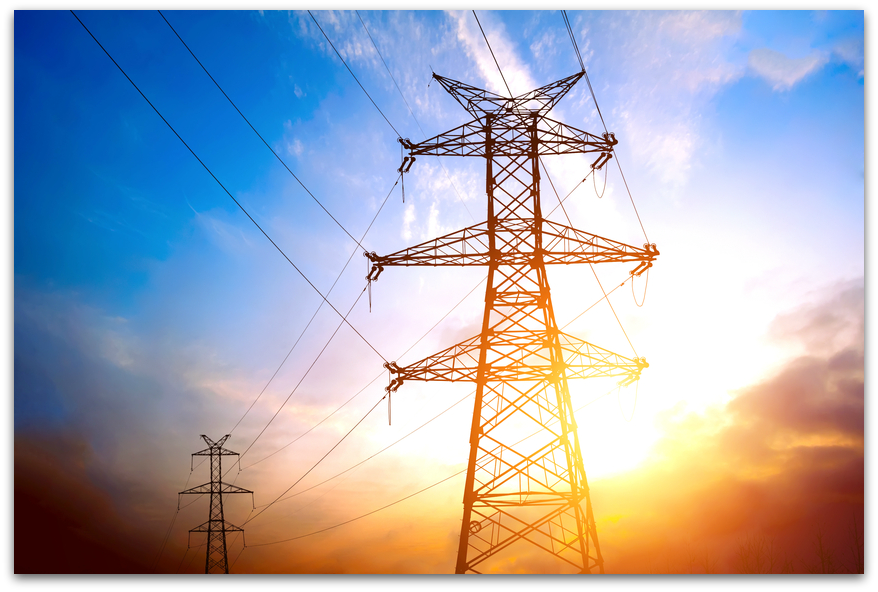 Many scientists believe we’re at the tipping point of our energy technology future. With the advancement of new, alternative energy sources, some are left to wonder what will happen to the energy landscape as a whole.
Many scientists believe we’re at the tipping point of our energy technology future. With the advancement of new, alternative energy sources, some are left to wonder what will happen to the energy landscape as a whole.
While nuclear power has energized much of the world over the past 50 years, the establishment of new nuclear power plants has been nonexistent in recent times in light of other alternatives such as solar and wind. Now, with California phasing out its last nuclear power plant in Diablo Canyon, many are left to wonder just what role nuclear will play in the future of energy.
A turning point
During the oil crisis of the 1970s, global conversations about the future of energy production began to hit the mainstream. If fossil fuels don’t warrant consistent dependency, how would the U.S. power future generations? The answer: nuclear.
“At that time we were thinking we’d build up these nuclear power plants everywhere and they would provide free electricity because it would just be too cheap to meter,” ECS Secretary Jim Fenton previously told ECS.
The thought was nuclear could provide such cheap and plentiful amounts of energy that not only would it be free to the consumer, but there would be an overproduction. This encouraged new research in devices such as flow batteries to store this excess energy.
But those expectations turned out to be wrong.



 New materials can change their appearance and quickly revert to their original state, taking inspiration from squid and jellyfish.
New materials can change their appearance and quickly revert to their original state, taking inspiration from squid and jellyfish. ECS member and director of the Princeton Institute for Science and Technology of Materials (PRISM), Craig Arnold, recently sat down with Princeton University to discuss the current and future potential of materials science.
ECS member and director of the Princeton Institute for Science and Technology of Materials (PRISM), Craig Arnold, recently sat down with Princeton University to discuss the current and future potential of materials science. A team of researchers from the National Renewable Energy Laboratory, in collaboration with a team from Shanghai Jiao Tong University, has developed a method to improve perovskite solar cells – raising both efficiency and reliability levels while make them easier to produce.
A team of researchers from the National Renewable Energy Laboratory, in collaboration with a team from Shanghai Jiao Tong University, has developed a method to improve perovskite solar cells – raising both efficiency and reliability levels while make them easier to produce. Researchers have taken a step toward the development of renewable plastics – a promising transformation from current plastics made from oil. The biodegradable material is possible due to the creation of a new catalyst.
Researchers have taken a step toward the development of renewable plastics – a promising transformation from current plastics made from oil. The biodegradable material is possible due to the creation of a new catalyst.
 A
A 